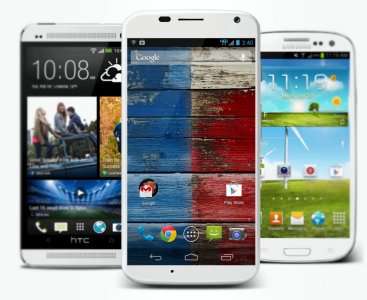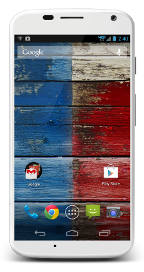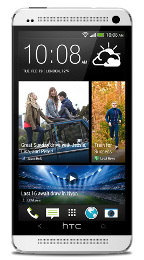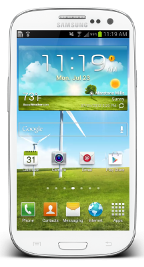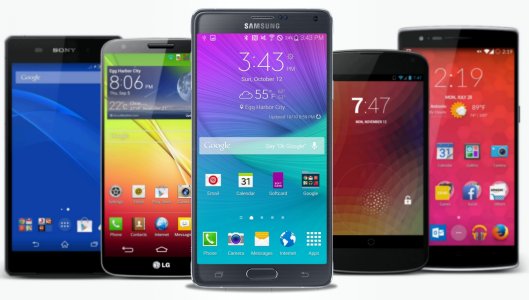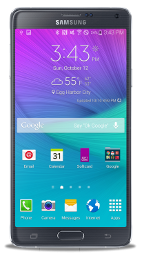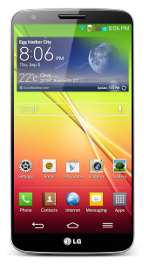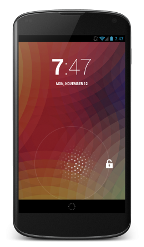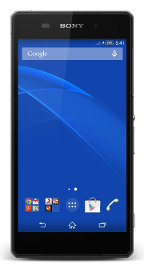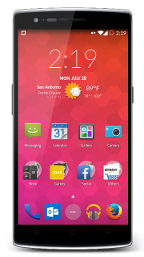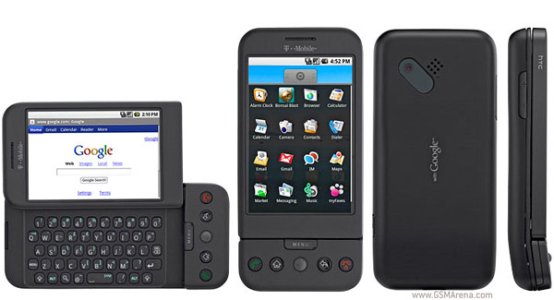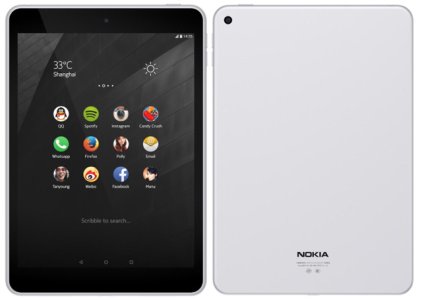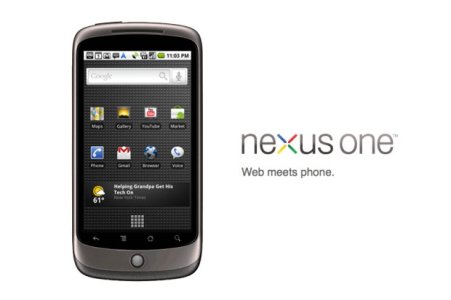- Sep 4, 2013
- 4,407
- 0
- 0
This might be a bit of a controversial topic, but in the interest of allowing us to share our thoughts with (hopefully) no arguments, I've put up this interesting thread.
Let's take a trip down Android Memory Lane.
We've always been talking about the latest and greatest devices and the best ones currently, but do you still remember some devices that were pretty awesome back then and some were considered revolutionary?
I have my personal list of some Android devices which I feel are both important to both the platform and its manufacturer as a whole.
Here's my top 3
Anticipation was high for the device that would be the symbol of Motorola's comeback. While it doesn't have the best specs of 2013, there's something important about it that I'll explain later. This phone is the complete 180 of Moto. Gone was Motoblur and in its place is stock Android Jelly Bean with meaningful tweaks like Touchless Control and Active Display, along with a very Nexus-like design and tasteful customization. However, why I think it's important stretches further than that. Back then, we used to think that specs were (mostly) everything and that phones that don't have the latest and greatest hardware are going to be slow. When the X's hardware was revealed, most of us were disappointed to see that it 'only' had a dual-core Snapdragon S4 Pro. However, the X's secret weapon lies in its masterfully-done optimization. The phone may only have a dual-core, but its optimization made it feel like it had a quad-core and kept up with phones like the Galaxy S4 and sometimes, beating it, except in heavier workloads. It was the phone that showed us that specs really don't matter so much and that software optimization and the user-experience matters more, something that we take for granted in today's phone like the LG G4, which has a less-powerful SD808 but has an optimized UX so it doesn't feel slow. It's my top device in terms of importance not only due to that but also showed us that Motorola is not dead.
Before the One, many Android flagships were anything but "premium". Many felt rather cheap and didn't feel as nicely polished as the iPhone. That all changed with the One. With a full-metal design, the phone really felt like it was worthy of its price-tag. It was the most beautiful Android phone of its time and also with dual stereo speakers at the front, it was also a favorite for media consumption. Sense also had an overhaul and we now have one of the most polished and optimized Android OEM skins around.
This phone defined Samsung today. It was a complete departure from what Samsung had done earlier. It packed in the very best Samsung could offer, including a large 720p AMOLED display, a quad-core Exynos 4412 processor clocked at 1.4GHz (i9300), a great camera for its time and a totally redesigned TouchWiz skin, called Nature UX. It was also filled to the brim with features and to me, it was the phone that truly showed what Samsung is capable of, especially since earlier Galaxy S devices resembled iPhones a little too much. It's still my personal favorite Galaxy S device to this day for that very reason.
The series that showed us bigger could be better. The original had a large screen that although was mocked early on, became normal after a few years. Each and every Note has been a favorite with the Note loyalists, with each and every model improving on not only hardware but also the S Pen. The S Pen turned the Note from a smartphone into a productivity workhorse. The Note 4 is currently my favorite Samsung phone to date, and it's going to take a lot for another Samsung phone to dethrone it.
The phone that hallmarked LG's first real steps into the big smartphone race. Unlike earlier LG devices, which looked like Samsung wannabees, the G2 featured a clean design that we usually see on Nexus devices and also featured the volume and power buttons on the back for the very first time, which was jarring at first but something that many of us liked as time went on. Every new LG device has a design that's similar and with powerful hardware, the G2 begun LG's smartphone momentum and with the current G4, looks like they've really gone very far.
The phone that made the Nexus program more popular than it was and also gave us a relatively high-end smartphone for a really good price. Although its camera sucked, the overall user-experience was excellent and also contributed to LG's new design direction with the G2.
Sony showed us that waterproof phones don't have to be bulky and ugly. Following their OmniBalance design, the phone looks and feels very premium and also looks visually appealing and also has a relatively clean design. It's party trick? It's waterproof. Yeah, it can take a dunk and it'll come out as if nothing had happened to it.
Yeah, I'm no fan of the company, and their current flagship is questionable, but the One did serve a good purpose. Along with the Nexus 4 and 5, it showed us that flagship performance and hardware shouldn't necessarily come at a flagship price. The One was affordable and offered specs that only a Galaxy S5, HTC One M8, LG G3 and other $600+ high-end phones could match. The invite system was a downer but the phone's importance remains.
Okay, I've pretty much bored you with my wall of text, but what's your most important/revolutionary Android?
Let's take a trip down Android Memory Lane.
We've always been talking about the latest and greatest devices and the best ones currently, but do you still remember some devices that were pretty awesome back then and some were considered revolutionary?
I have my personal list of some Android devices which I feel are both important to both the platform and its manufacturer as a whole.
Here's my top 3
D13H4RD's Top 3 most important/revolutionary Android phones
Anticipation was high for the device that would be the symbol of Motorola's comeback. While it doesn't have the best specs of 2013, there's something important about it that I'll explain later. This phone is the complete 180 of Moto. Gone was Motoblur and in its place is stock Android Jelly Bean with meaningful tweaks like Touchless Control and Active Display, along with a very Nexus-like design and tasteful customization. However, why I think it's important stretches further than that. Back then, we used to think that specs were (mostly) everything and that phones that don't have the latest and greatest hardware are going to be slow. When the X's hardware was revealed, most of us were disappointed to see that it 'only' had a dual-core Snapdragon S4 Pro. However, the X's secret weapon lies in its masterfully-done optimization. The phone may only have a dual-core, but its optimization made it feel like it had a quad-core and kept up with phones like the Galaxy S4 and sometimes, beating it, except in heavier workloads. It was the phone that showed us that specs really don't matter so much and that software optimization and the user-experience matters more, something that we take for granted in today's phone like the LG G4, which has a less-powerful SD808 but has an optimized UX so it doesn't feel slow. It's my top device in terms of importance not only due to that but also showed us that Motorola is not dead.
Before the One, many Android flagships were anything but "premium". Many felt rather cheap and didn't feel as nicely polished as the iPhone. That all changed with the One. With a full-metal design, the phone really felt like it was worthy of its price-tag. It was the most beautiful Android phone of its time and also with dual stereo speakers at the front, it was also a favorite for media consumption. Sense also had an overhaul and we now have one of the most polished and optimized Android OEM skins around.
This phone defined Samsung today. It was a complete departure from what Samsung had done earlier. It packed in the very best Samsung could offer, including a large 720p AMOLED display, a quad-core Exynos 4412 processor clocked at 1.4GHz (i9300), a great camera for its time and a totally redesigned TouchWiz skin, called Nature UX. It was also filled to the brim with features and to me, it was the phone that truly showed what Samsung is capable of, especially since earlier Galaxy S devices resembled iPhones a little too much. It's still my personal favorite Galaxy S device to this day for that very reason.
The series that showed us bigger could be better. The original had a large screen that although was mocked early on, became normal after a few years. Each and every Note has been a favorite with the Note loyalists, with each and every model improving on not only hardware but also the S Pen. The S Pen turned the Note from a smartphone into a productivity workhorse. The Note 4 is currently my favorite Samsung phone to date, and it's going to take a lot for another Samsung phone to dethrone it.
The phone that hallmarked LG's first real steps into the big smartphone race. Unlike earlier LG devices, which looked like Samsung wannabees, the G2 featured a clean design that we usually see on Nexus devices and also featured the volume and power buttons on the back for the very first time, which was jarring at first but something that many of us liked as time went on. Every new LG device has a design that's similar and with powerful hardware, the G2 begun LG's smartphone momentum and with the current G4, looks like they've really gone very far.
The phone that made the Nexus program more popular than it was and also gave us a relatively high-end smartphone for a really good price. Although its camera sucked, the overall user-experience was excellent and also contributed to LG's new design direction with the G2.
Sony showed us that waterproof phones don't have to be bulky and ugly. Following their OmniBalance design, the phone looks and feels very premium and also looks visually appealing and also has a relatively clean design. It's party trick? It's waterproof. Yeah, it can take a dunk and it'll come out as if nothing had happened to it.
Yeah, I'm no fan of the company, and their current flagship is questionable, but the One did serve a good purpose. Along with the Nexus 4 and 5, it showed us that flagship performance and hardware shouldn't necessarily come at a flagship price. The One was affordable and offered specs that only a Galaxy S5, HTC One M8, LG G3 and other $600+ high-end phones could match. The invite system was a downer but the phone's importance remains.
Okay, I've pretty much bored you with my wall of text, but what's your most important/revolutionary Android?

